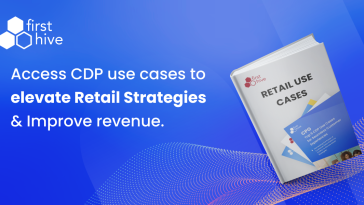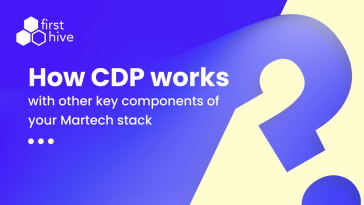Webkit browser engine which powers Apple Safari and all IOS browser has released its latest update to Intelligent Tracking Prevention (ITR) feature – ITP 2.3. It follows in the footsteps of previous releases beginning from 2017 which aims to provide the users with a higher degree of privacy by restricting how Ad tech companies track users online and the duration of time data can be held for a user.
A quick look at changes brought by ITP so far
- Cookie and data storage
- Third-party cookie has been completely blocked
- First-party cookie set to expire in 24 hours if used for tracking
- Local storage set to expire in 7 days
- Cross-site request referral header to be stripped off from links
- Mandatory first-party relationship with the user for any data from the linked website
Now, let’s look at how these changes are disrupting today’s marketing ecosystem. If your organization is leveraging any of the below systems or technology, you will have to take a relook at your current marketing operations.
- DMP’s: Perhaps the biggest casualty of these changes will be the Data Management Platform (DMP’s). DMP’s are heavily dependent on third-party cookies and with ITP the business model is facing an existential crisis today.
- Web analytical platforms: Platforms such as Google Analytics and Adobe Analytics use cookies to capture the information on web traffic and customer interactions. They will have to take a relook to deliver the same capabilities within the ITP framework.
- Campaign attribution: With a significant lesser attribution window, marketers will misattribute credits to campaigns. This results in marketers not identifying what worked and what didn’t and crafting ineffective campaigns
- Testing Period: A/B testing window has to be within 7 days else it may result in showing the different variation to the same test group users if he comes after 7 days rendering the results inaccurate.
One open question that is asked in the marketing universe is where to slot CDP in midst of these changing privacy landscape, is it a beneficiary of the changes or is it one of the systems that is bound to be negatively affected by it.
In this context let’s look at how a CDP works; put simply CDP builds unified customers views based on their interactions across multitudes of source systems and interfaces deployed by the organization and makes it available for analysis and action. CDP breaks down data silos within the organization so that every system connected to it starts seeing the customer, their preferences and behavior consistently; helping to craft consistent experience across each touchpoint.
Organizations are now re-evaluating their entire marketing stack to identify the systems impacted most by these changes and evaluating ways to ensure they are still able to market effectively to their customer base. Organizations are coming to be increasingly dependent on CDP and its capabilities to archive the same.
- CDP is driven by first-party data: For opted in customers; a marketer can still target them either through third parties (DSP’s, Facebook, Google, etc) directly or through segment/ audience push capability of CDP; the real impact will be felt in attribution. While third party attribution window has been cut short to 1 day leading the same customer to be counted twice or more; CDP will be able to attribute it to the same single customer since it identifies the customer and merges his multiple visit and activities to the same profile.
- Unified View of customer: The biggest advantage of CDP is that it creates a persistent unified customer profile based on all first-party data available both offline and online. This provides marketer clear advantage in using CDPs to create their target segment rather than using third parties such as (DSPs, Facebook. Google, etc) in isolation as they depend exclusively on online data which is now severely curtailed by ITP.
- Personalization: The ability of CDP to personalize marketing communication based on customer context will not be severely impacted by ITP changes as CDP is able to consume real-time data from all kinds of channels such as Email, SMS, Notification, etc and is not just depend on cookies. Eg: Customer has clicked on email link with Product A, he will be identified when he visits a website and can be retargeted with product A. While the post-login personalization capabilities remain intact; CDP will face few limitations on pre-login personalization. GDPR and CCPA being considered norm going forward; CDP is increasingly becoming a critical system that owns the entire customer data. Without a CDP, the organization will struggle to comply with provisions of the regulations as the data will be siloed across multiple systems with different identities for the same customer. Organizations cannot dependent on third parties to manage consent with a limited view they have into a customer with the latest changes to ITP
Even though CDP systems started off with the objective of solving the marketer’s problem with even increasing touchpoints, it has evolved into a system of intelligence for the whole organization. In this light, the recent changes to ITP act as a constant force of evolution on CDP but does not take away from it what it really does well and why it is now over a US$ 10 billion market.








